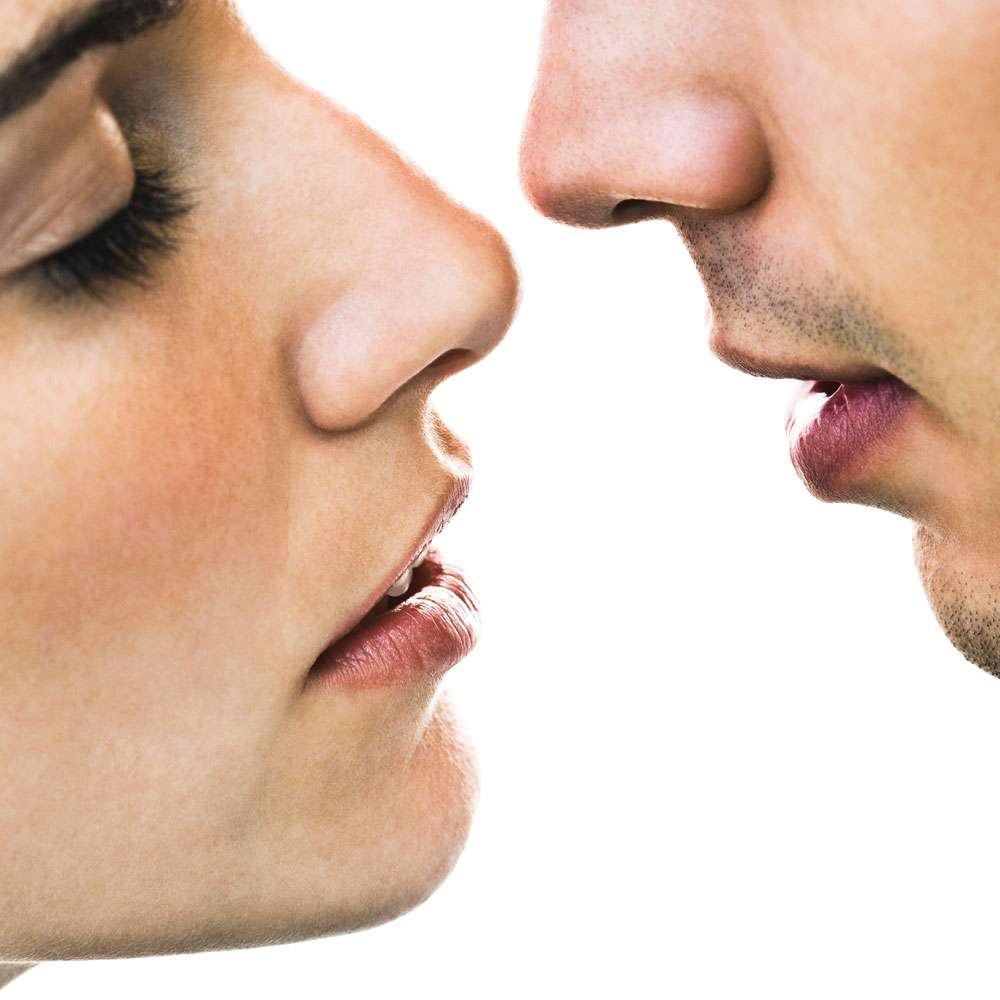Cold sores are small blisters that usually appear on or around the lips and mouth. In most cases, the blisters will break, creating a scab that eventually falls off. Cold sores are the most contagious when they rupture. However, they are actually contagious from the time you first feel any symptoms around your mouth, like tingling or itching, until they are completely healed.
Cold Sore
Cause
Prevention
Treatments
When does a cold sore stop being contagious?

Jump to:
Cold sore stages and progression
- Stage 1 (+, low )
Day 1-2: Day 1-2: the initial symptoms such as tingling, soreness and itching
- Stage 2 (++, moderate)
Day 2-4: fluid-filled blisters begin to form
- Stage 3 (+++, severe)
Day 4-5: the blisters burst, ooze, and form painful and contagious sores
- Stage 4 (++, moderate)
Day 5-8: the sores dry out and scab over. If the scab cracks, itching and burning can occur
- Stage 5 (+, low)
Day 8-10: the resolution with healing of the skin after the scab falls off

A man, who appears to be cold, holding onto his scarf
Understanding contagious cold sores
How long are cold sores contagious for?
Can I give cold sores to other people?
Cold sores are the most contagious when fluid seeps out of the sores.
Warning for babies and people with a weak immune system
How to be less contagious?
How do you get cold sores?
- Kissing
- Sharing lipsticks, kitchenware, glasses or anything else that may have been in contact with
- Somebody’s cold sores
- Sports that involve physical contact
Enjoying this article?
Rate this article if you find this helpful.
